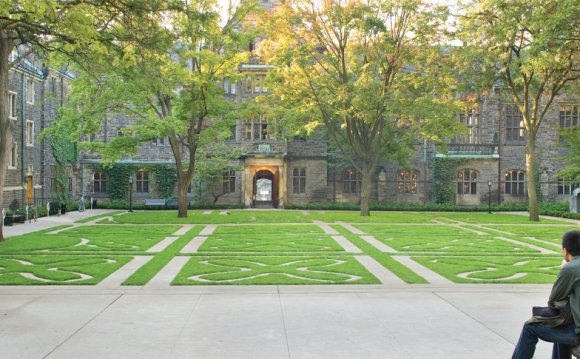
Learn about the education and preparation needed to have a career as a landscape engineer. Get a quick view of the requirements as well as details about training, job duties and prospects to find out if this is the career for you.
Landscape engineers require skills in design, landscape architecture and gardening. They require a bachelor's or master's degree in a related field. The outlook for these positions is about average.
Essential Information
Landscape engineers - also known as landscape architects - design outdoor spaces that are useful, attractive and eco-friendly. Most states require landscape engineers to be licensed in order to practice. Professional bachelor's and master's degree programs in landscape architecture prepare students for careers in this field.
| Required Education | Bachelor's or master's degree in landscape architecture |
| Other Requirements | State licensing |
| Projected Job Growth | 5% from 2014-2024* |
| Median Salary (2015) | $63, 810 annually* |
Source: *U.S. Bureau of Labor Statistics
Job Description of a Landscape Engineer
More commonly known as landscape architects, landscape engineers combine aesthetics with functionality in designing a variety of spaces that include parks and gardens, campuses, residential neighborhoods, shopping centers, historical sites, golf courses and waterfront developments. Landscape engineers also develop plans to restore natural areas, such as forests and wetlands, which have been affected by humans. They incorporate knowledge of ecology, graphic design, plant materials, construction and computer technology into their work. Landscape engineers often work with surveyors, architects, urban planners, civil engineers, environmental scientists and hydrologists.
Job Duties
Landscape engineers must consider budget, client needs, functionality, government regulations and environmental impact when designing a site. They research both natural and man-made features that exist on proposed sites to determine how to improve them and work them into the plans. During the planning stage, landscape engineers may make several revisions to the design of the project.















